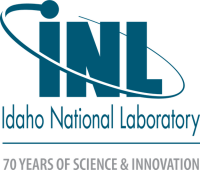About Idaho national laboratory
Idaho National Laboratory (INL) is a world-renowned research facility that is part of the U.S. Department of Energy's complex of national laboratories. It is located in southeastern Idaho and covers an area of over 890 square miles, making it one of the largest research facilities in the United States.
INL has been at the forefront of nuclear energy research and development for over 70 years, and today it remains the nation's leading center for this critical field. The laboratory performs work in each of the strategic goal areas set by DOE: energy, national security, science, and environment.
One key area where INL excels is in nuclear energy research. The laboratory has a long history of developing innovative technologies that make nuclear power safer, more efficient, and more cost-effective. For example, INL researchers have developed advanced fuel designs that can extend the life of existing reactors while reducing waste production.
In addition to its work on nuclear energy, INL also plays a vital role in national security. The laboratory works closely with government agencies to develop new technologies that can help protect our country from threats both foreign and domestic. This includes everything from developing new materials for body armor to designing advanced sensors for detecting explosives.
Another important area where INL makes significant contributions is environmental science. The laboratory conducts extensive research on topics such as climate change, water resources management, and ecosystem restoration. This work helps policymakers make informed decisions about how best to protect our planet for future generations.
Overall, Idaho National Laboratory is an essential institution that plays a critical role in advancing scientific knowledge across multiple fields while also helping to ensure our nation's security and prosperity. Its cutting-edge research continues to push boundaries while providing practical solutions to some of society's most pressing challenges.
If you're interested in learning more about INL or getting involved with its groundbreaking work as a researcher or partner organization - visit their website today!
